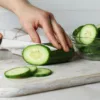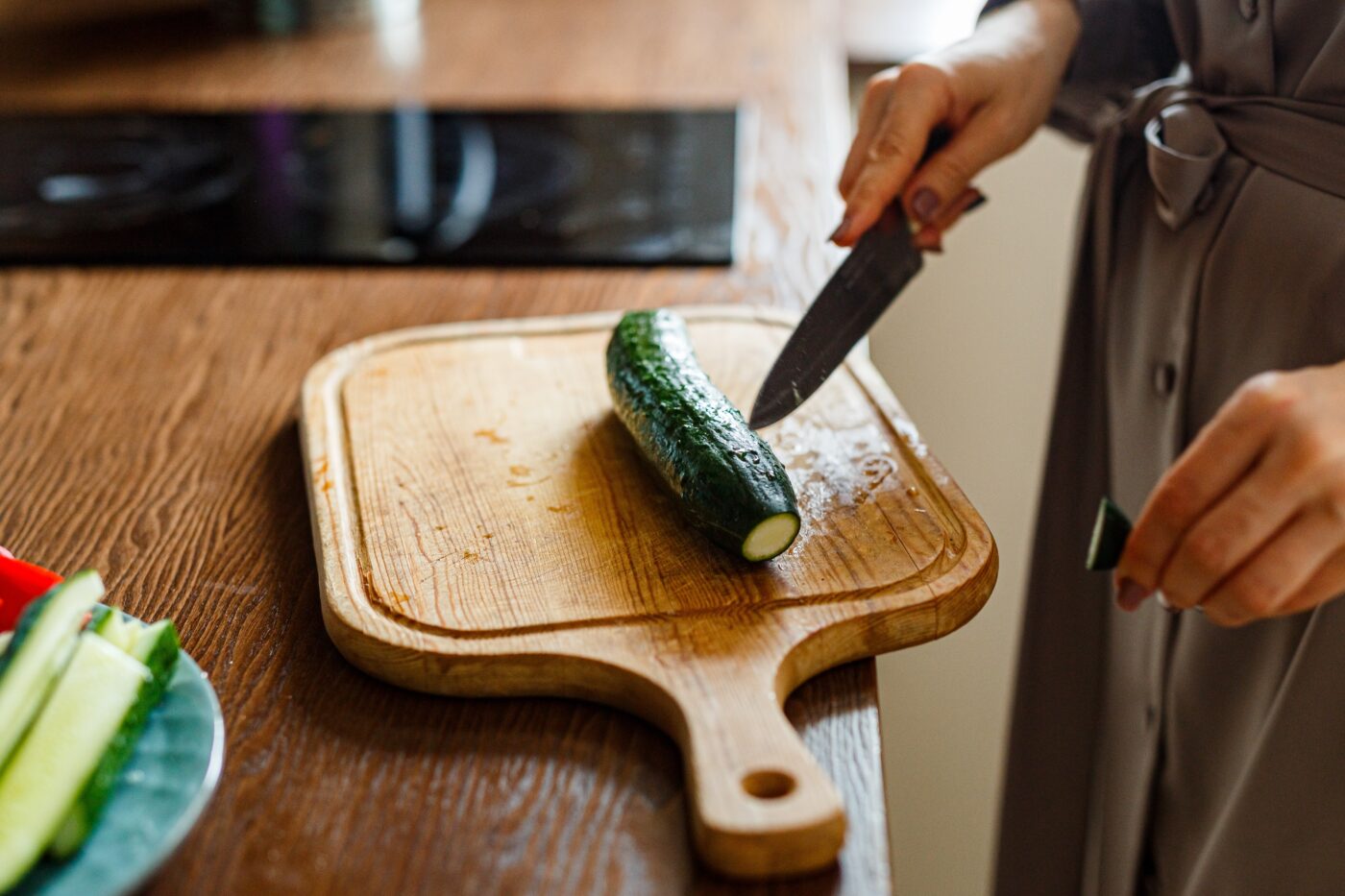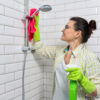How do you maintain a cutting board?
Where do you keep your cutting board?
A cutting board is one of the most used kitchen tools, but it is also often one of the most neglected.
While we focus on the cleanliness of utensils, containers and other kitchen utensils, maybe a cutting board remains forgotten.
The importance of regular cutting board maintenance
The surface of the board may appear clean to the naked eye, but this does not mean that there is no liquid or dried food residue on it. Signs such as small cracks, stubborn stains and discolored parts are just a warning, because they represent a favorable environment for the development of fungi and bacteria, which would be transferred to the dishes every time the board is used again.
Cutting board maintenance tips

Regular cleaning
Always clean the cutting board after each use, especially if you have cut raw meat or fish on it. Use a brush or sponge to remove all food residue and dirt.
Crack prevention
To prevent cracks in the board, occasionally lubricate it with an oil such as mineral oil or olive oil. The oil will also help retain moisture and prevent absorption of food odors.
Air drying
After washing and sanitizing, allow the cutting board to air dry. Don't forget to turn the board over so that the underside also dries evenly.
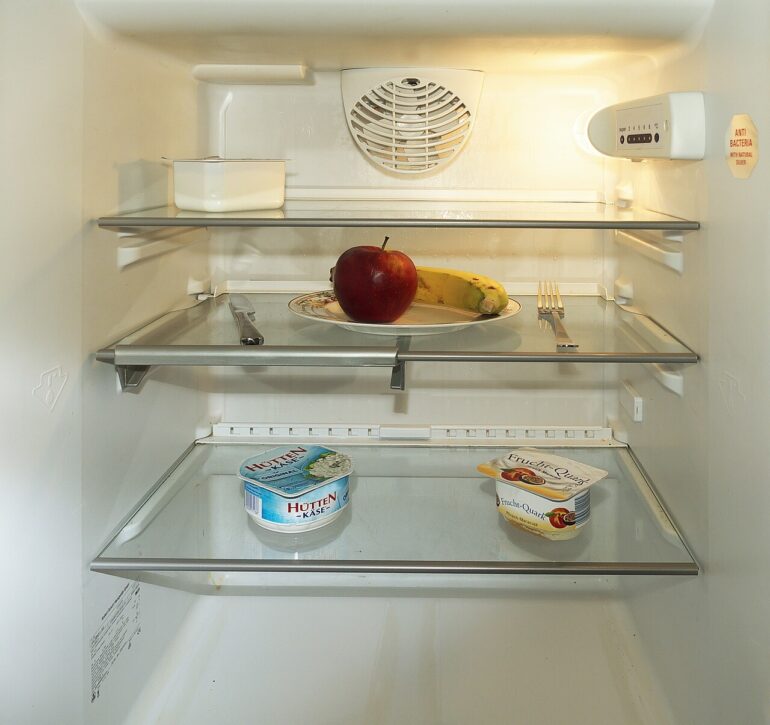
Storing the cutting board in the refrigerator
Many restaurant chefs keep cutting boards in the refrigerator or even the freezer to prevent the growth of microorganisms. The low temperature of the refrigerator can inhibit the growth of bacteria, while freezing can completely destroy microorganisms.
If you decide to refrigerate it, make sure it is thoroughly cleaned and dried before placing it in the refrigerator. You can also disinfect the board with lemon juice or a vinegar solution before feeding it in the refrigerator to provide additional protection against bacteria.
Natural cleaning of the cutting board
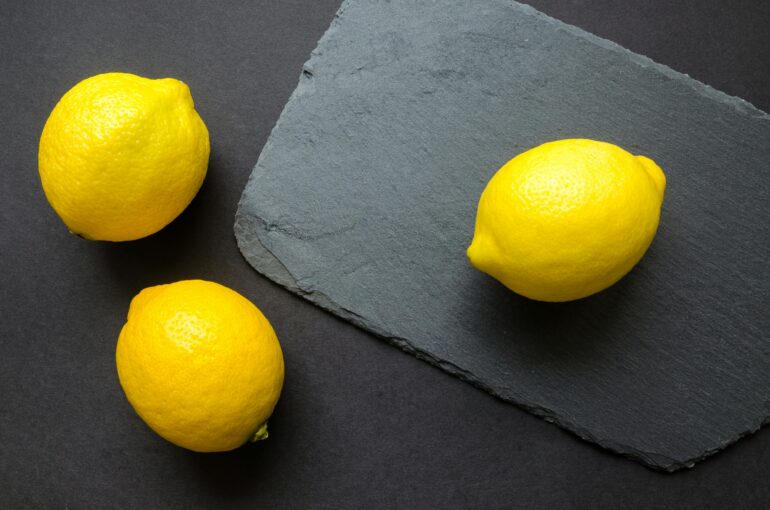
Lemon and salt
Sprinkle the board with coarse salt. Mix the juice of one lemon. Apply lemon juice and salt to the board with a brush or cloth. Leave it on for a few minutes. Then wash it with warm water and dry well. Lemon works as a natural disinfectant, while salt helps remove stubborn stains and unpleasant odors.
Vinegar and water
Mix white vinegar and water in equal parts. Use a clean cloth or sponge to apply the mixture to the board. Leave it on for a few minutes. Rinse with warm water and dry. Vinegar is a powerful disinfectant that can effectively remove bacteria and other microbes.
bicarbonate of soda
Sprinkle some baking soda on the board. Add a few drops of water to create a paste. Gently scrub with a soft brush or sponge. Leave it on for a few minutes. Baking soda is great for removing stains and neutralizing odors. Rinse with warm water and dry.


